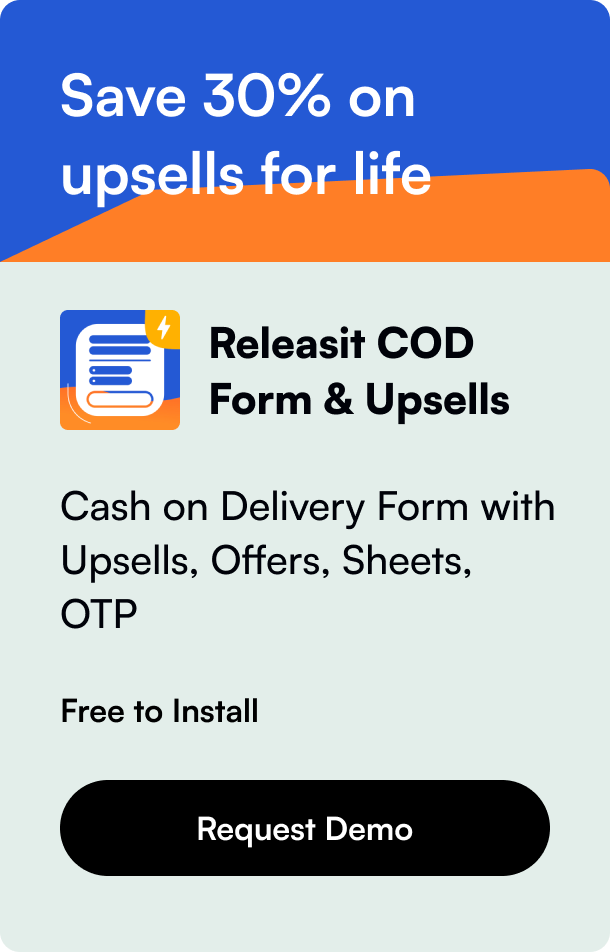Table of Contents
- Introduction
- Understanding Shopify's Structure
- Method 1: Theme Duplication
- Method 2: Using Page Templates
- Method 3: Shopify Apps and Expert Help
- Advanced Tips and Considerations
- Conclusion
Creating a cohesive and branded online presence is essential for any e-commerce business. For Shopify store owners, crafting a homepage that perfectly captures your brand's essence and then wanting to duplicate that for various purposes—be it for A/B testing, seasonal themes, or targeted landing pages—is a common desire. However, Shopify doesn't directly offer a "duplicate homepage" feature, leading many to wonder how to achieve this functionality. Fear not, for this guide will walk you through several methods to effectively duplicate your Shopify homepage, enriching your website's versatility without compromising on design or functionality.
Introduction
Imagine you’ve just put the finishing touches on your Shopify store's homepage. It’s a masterpiece—every slider, image, and piece of text perfectly aligns with your brand’s identity. But now, you’re faced with the challenge of creating multiple landing pages for different audiences, each requiring that same intricate design. Manually recreating your homepage for each landing page sounds like a daunting task. So, how do you efficiently duplicate your home page in Shopify?
This blog post aims to demystify the process of duplicating your Shopify homepage. We’ll explore practical solutions that cater to various levels of technical expertise—from straightforward methods requiring little to no coding knowledge to more advanced techniques for those comfortable with Shopify's Liquid code. By the end of this guide, you'll have a clear roadmap on how to replicate your homepage's look and feel across multiple pages, ensuring a consistent user experience that enhances your brand’s online presence.
Understanding Shopify's Structure
Before diving into the solutions, it's important to understand that Shopify themes are built using Liquid, Shopify's templating language. The homepage is typically managed by the index.liquid file, which uses sections and blocks to render content dynamically. This structure is key to identifying how we can duplicate a homepage's design.
Method 1: Theme Duplication
An easy way to start is by duplicating your entire theme. This method is especially useful for significant redesigns or when planning to use the duplicated homepage as a new, standalone landing page.
- Navigate to 'Online Store' -> 'Themes'.
- Find your current theme and click 'Actions'.
- Select 'Duplicate'. This creates an exact copy of your theme, including the homepage design.
Now, you can modify this duplicated theme without affecting the live version.
Method 2: Using Page Templates
If you're looking to duplicate the homepage layout for use within the same theme, creating a new page template is your best bet. This method involves some familiarity with Liquid but is manageable with a step-by-step approach.
Create a New Page Template:
- Go to 'Online Store' -> 'Themes' -> 'Edit code'.
- Under 'Templates', click 'Add a new template'. For example, create a new template for a page and name it
homepage-duplicate.
Copy Homepage Content to Your New Template:
- Copy the content from
index.liquid(or the relevant section files) and paste it into your new page template file.
- Copy the content from
Customize Your New Page Using the Theme Editor:
- Go back to your Shopify admin, select 'Pages', and create a new page. Choose the
homepage-duplicatetemplate you've created. - Utilize the theme editor to add or modify sections as needed.
- Go back to your Shopify admin, select 'Pages', and create a new page. Choose the
Method 3: Shopify Apps and Expert Help
For those less inclined to dive into code, several Shopify apps, like PageFly, offer drag-and-drop solutions to create custom pages that can mimic your homepage design. Additionally, hiring a Shopify Expert can be a worthwhile investment for perfectly executed duplications or custom functionality beyond what apps offer.
Advanced Tips and Considerations
- Testing and Optimization: Use the duplicated pages for A/B testing to optimize conversion rates.
- Custom Coding: Advanced users can delve deeper into Liquid to create more dynamic and conditional content rendering across duplicated pages.
- Seasonal Updates: Consider duplicating your homepage for seasonal themes or promotions, ensuring quick rollbacks to the original design when needed.
Conclusion
Duplicating a home page in Shopify, while not directly available as a feature, can be achieved through multiple methods tailored to various levels of technical expertise. Whether opting for a simple theme duplication, leveraging the power of page templates, or utilizing third-party apps and expert knowledge, the ability to replicate your homepage opens up a plethora of strategic possibilities for your online store. Implementing these solutions not only increases your site’s versatility but also ensures a consistent and engaging user experience across different segments of your audience.
##FAQ
Can I directly duplicate my Shopify homepage without any coding? While Shopify does not offer a direct "duplicate homepage" feature, apps like PageFly enable you to create similar pages without needing to code.
Will duplicating my theme affect my live store? No, duplicating your theme creates a separate version of it. You can work on this duplicated theme without impacting your live store.
Is it necessary to hire a Shopify Expert for duplicating my homepage? Not necessarily. However, for complex designs or functionalities beyond basic duplications, a Shopify Expert can ensure a seamless execution.
Can I use the duplicated homepage for A/B testing? Yes, duplicating your homepage for different landing pages is an effective way to conduct A/B testing and optimize your store's conversion rate.
Are there limitations to customizing duplicated pages? Your ability to customize depends on your method. Theme duplications offer complete freedom, while page templates or apps may have certain limitations or require coding knowledge for advanced customization.









